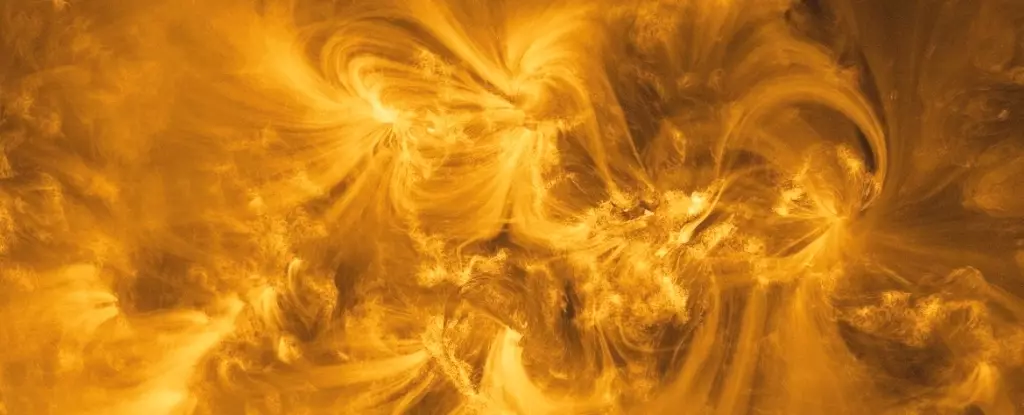At an impressive distance of 74 million kilometers, the Solar Orbiter, a collaborative project between the European Space Agency (ESA) and NASA, has been designed to enhance our understanding of the Sun. While 74 million kilometers can seem daunting in terms of distance, in the vastness of space, it is relatively close to our nearest star, allowing scientific instruments to capture unparalleled detail. The Solar Orbiter was launched in February 2020, embarking on a mission deeply rooted in the exploration of solar phenomena. Through its groundbreaking observations, this spacecraft aims to decipher the intricacies of solar winds, magnetic fields, and dynamic eruption events like solar flares and coronal mass ejections.
Objectives Beyond the Ordinary
The Solar Orbiter’s mission is ambitious, characterized by a multifaceted approach to solar study. At the forefront is the pursuit of high-resolution images that reveal the dynamic surface of the Sun. By employing a suite of advanced imaging technologies capable of capturing different wavelengths, the Solar Orbiter virtually dissects the solar layers, uncovering the various relationships that exist within them. These observations are not merely aesthetic; they serve as vital data points contributing to our comprehension of solar behavior and its broader implications for space weather and earthbound systems.
Recently, ESA unveiled four stunning new images of the Sun, each portraying distinct aspects: visible light, magnetic fields, plasma dynamics, and ultraviolet emissions. Captured in March 2023 using the state-of-the-art instruments—the Polarimetric and Helioseismic Imager (PHI), a German contribution, and the Extreme Ultraviolet Imager (EUI), a Belgian contribution—these images stand as groundbreaking achievements in solar observation. Each visual is not a single snapshot but a composite of 25 individual images taken on the same day, culminating in the highest resolution solar images ever produced.
As articulated by Daniel Müller, the Project Scientist for the Solar Orbiter, the magnetic field of the Sun is pivotal in understanding its behavior and processes. The intricate maps generated by the PHI instrument provide a deep dive into the Sun’s magnetic surface, showcasing how these magnetic lines dance and intertwine across the solar landscape. This novel perspective offers scientists a tool for inferring conditions in the Sun’s outer atmosphere, or corona, where immense heat and vibrant activity occur, often manifested through phenomena observable in the ultraviolet spectrum.
Beyond showcasing magnetic fields, the PHI instrument also illustrates the movement of plasma across the Sun’s surface—blue areas indicate plasma flowing towards the Solar Orbiter, while red zones demonstrate movement away from it. These motions offer critical insight into the circulation patterns that affect the Sun’s atmosphere and impact space weather closer to home. Among the images, the ultraviolet view presents an extraordinary spectacle, artfully revealing the glowing plasma that springs from sunspots. Here, hyperheated plasma emerges following magnetic lines, adding depth and intrigue to the solar landscape.
The images captured by the Solar Orbiter are not merely scientific data; they evoke a sense of wonder about our place in the universe. As we ponder the implications of these findings—how they relate to life on Earth, the mysteries of the universe, and our own existential reflections—we are reminded of the intricacies of nature and the forces that shape it. The Solar Orbiter stands as a testament to human ingenuity and curiosity, a beacon illuminating the depths of our nearest star and merging science with the essence of contemplation. As we return to the mundane aspects of daily life, the extraordinary observations of the Solar Orbiter offer a glimpse into the celestial wonders that remind us of the vast tapestry of existence.


Leave a Reply